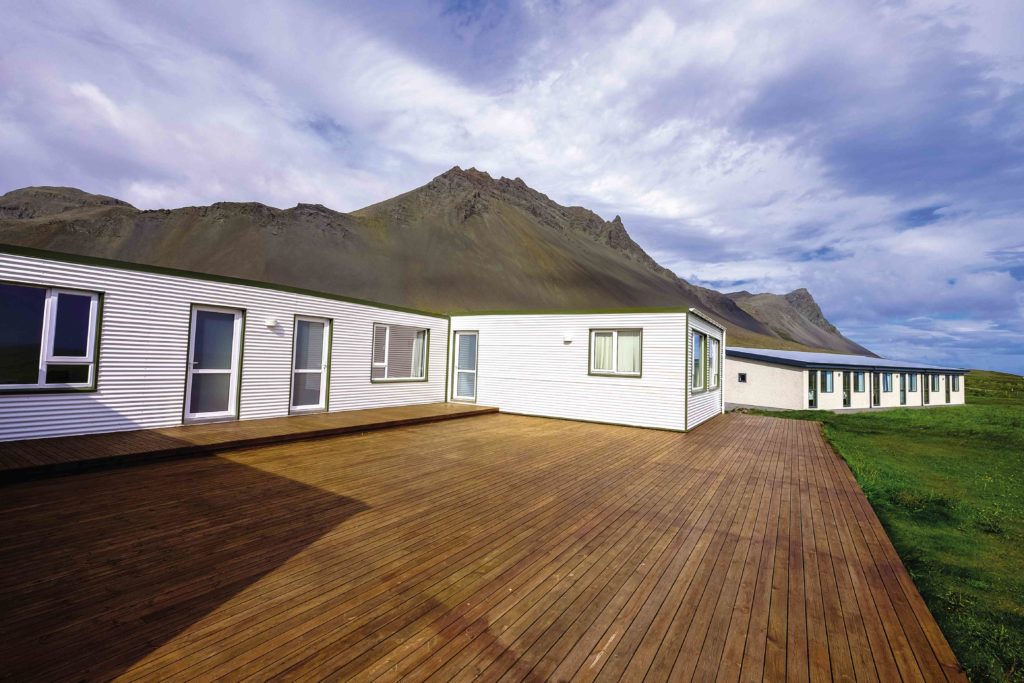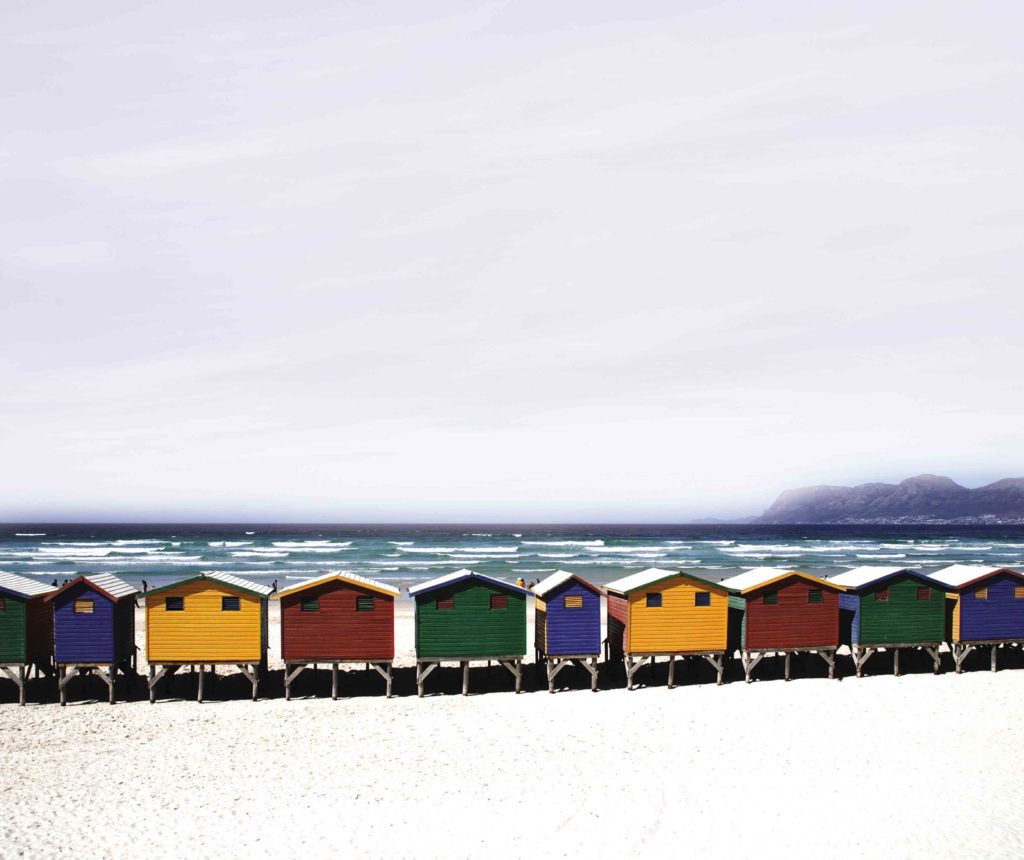Home in an instant

Nowadays, we live in a culture of instant products. Our busy schedules have made many of us always on the go with only a few minutes to spare for indulgence.
Instant noodles, instant coffee, instant bookings and even instant messaging—all of these indicate a desire for immediate gratification. Can this instant living, however, translate into real estate for homeowners in a rush? Can houses be set up quickly to provide shelter?
Pre-fabricated homes
Pre-fabricated homes, or modular homes, are structures made off-site, often in a factory setting. They are delivered to the site with majority of the work finished, allowing easy assembly and requiring fewer permits than the average home.
Developed in post-war America, these structures evolved from mobile homes.
House kits were developed in factories and assembly lines as people leaned toward fixed housing. Over the years, these modular homes have transformed from simple boxes to multi storey complexes.
Nowadays, pre-fabricated homes are available in different designs and materials. Owners can choose to buy pre-fabricated components of their house or a fully assembled structure.
Metal systems are commonly used, but the market also caters to precast concrete structures.

In our country, these homes continue to be frequently used as temporary facilities and low-cost housing.
International trends, however, are slowly changing the scene. Modular homes are slowly gaining foothold in the middle class and high-end market.
These homes have proven their worth as durable containers, and innovative designers are now showing that these can be stylish too.
Advantages
Pre-fabricated homes are touted in the same way many instant products are advertised. They are shown as affordable, convenient and easy to construct.
Generally, pre-fabricated homes are cheap on their own.
A standard unit can be bought new for as low as P180,000. This is a fraction of the price of a traditionally built house.
Units are usually buildable within a matter of days, depending upon the complexity. They can be constructed over rough terrain or a temporary site with the use of stilts.
Pre-fabricated homes are likewise marketed for their durability in extreme weather.
Though quick to construct, these homes were designed to withstand the elements for a long time. Moreover, green advocates promote their use due to minimal consumption of energy and material.
Challenges
The actual conditions of the project, however, influence the benefits of modular homes.
An affordable container would cost a lot if it takes a lot of heavy equipment to transport and erect. Also, it offers less room for customization compared to the traditional home.
Though many manufacturers offer a wide array of options, a traditional home remains more tailored to one’s preference. Most modular homes also require payment upfront, so you might have to shoulder the expenses immediately instead of financing it with a bank loan.
Some architects also argue that the structures are more difficult to retrofit with sanitary and mechanical systems.
Many models do not come with toilets, and require additional fees to be retrofitted with one. Bathrooms may not offer the most comfortable setup, due to limited space and features.
Public perception also plays a role in the decision-making.
As pre-fabricated homes are often used for low-cost housing, some people opt for traditional construction simply to disassociate themselves from the stereotype. Though the market is slowly evolving, it might be a while before modular homes are fully embraced by Filipinos.
Notable alternative
Pre-fabricated homes are a great alternative to homeowners open to new ideas. They are some of the best products of technology and modernization.
Nevertheless, a traditional home might remain more suited to homeowners with particular preferences and tastes.
In choosing the construction method of your home, you would have to consider external factors that might affect the overall outcome.
Pre-fabricated structures are worthy of consideration, but situational factors might reduce the benefits of these homes.
As a budding homeowner, it would be wise to do your research and think things through before making your decision. At the end of the day, instant living does not always translate to lasting satisfaction.
(Sources: www.inhabitat.com; www.houzz.com.au; www.smarthouse.prefab.com.ph)
The author is a licensed architect who studied abroad and currently works for DSFN Architects. Personally, she prefers using pre-fabricated components to create a customized home, utilizing the benefits of traditional construction and instant living.
